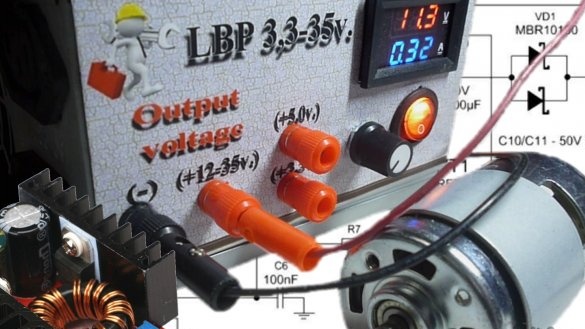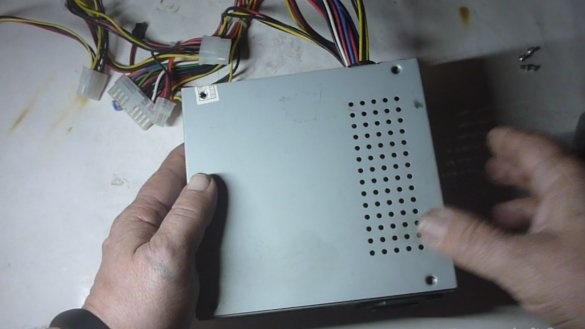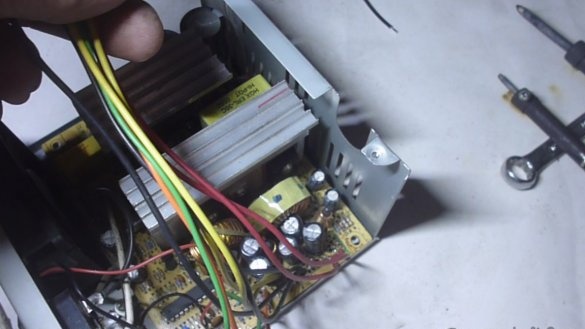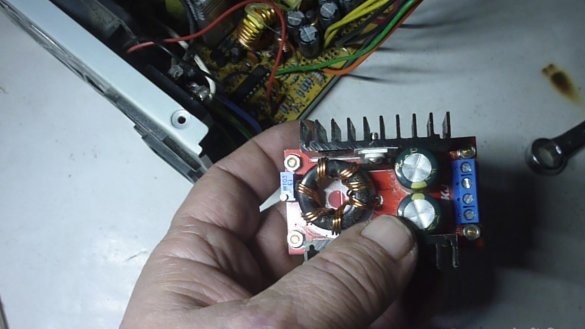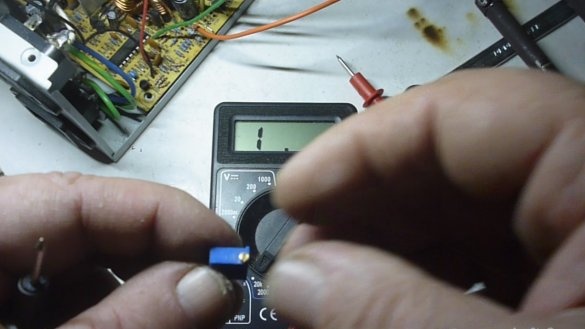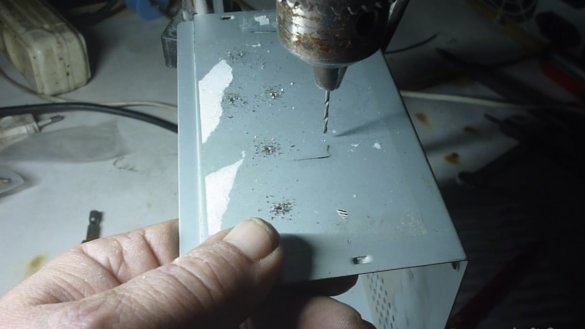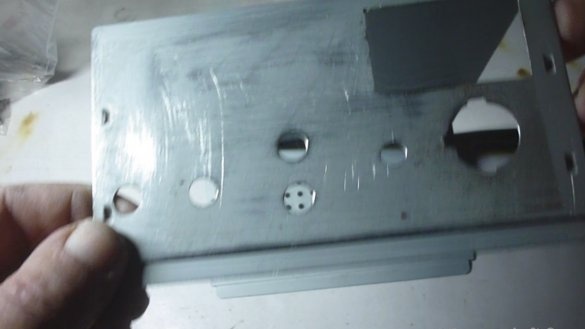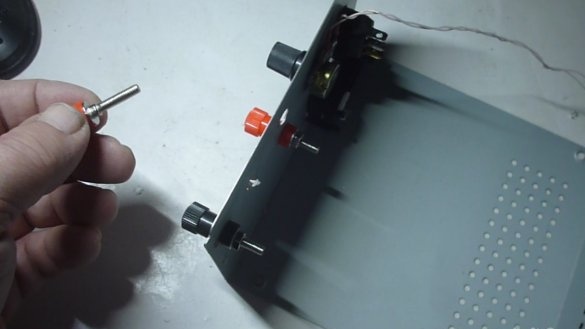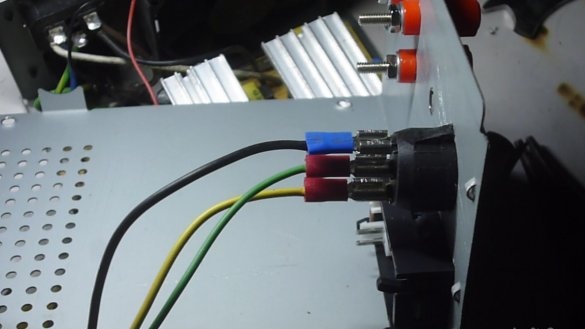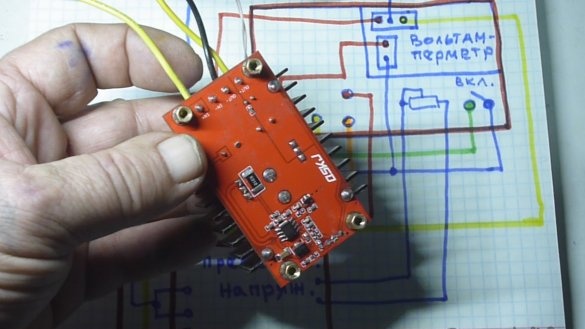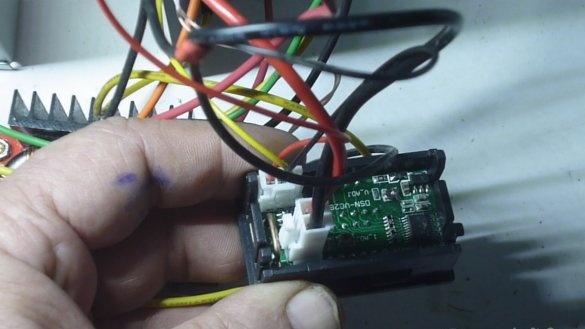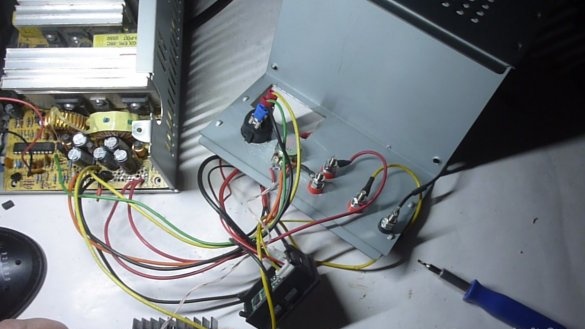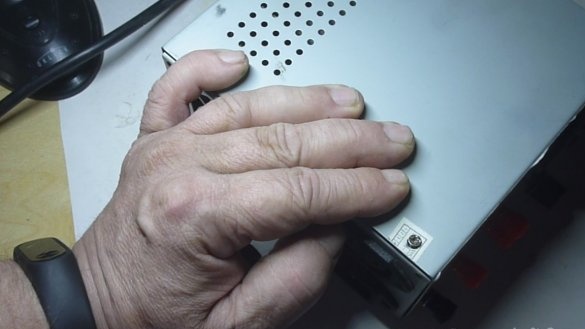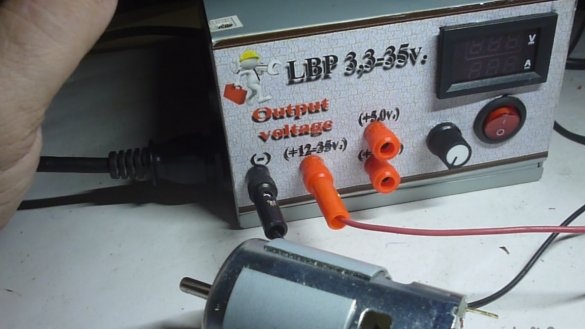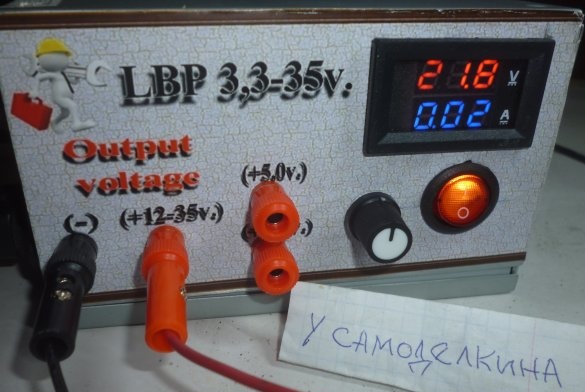Today, I want to talk with you about old and seemingly worthless dusting in the corner of an apartment or the garagecompleting your old computer. In particular, about an old computer power supply unit, not working people in your eyes, but still issuing its own 12V DC voltage.
The computer power supply, I can say with great confidence, is the perfect device for any master. From a computer power supply, you can make a good regulated source of constant voltage.
Today, the price of a laboratory power supply reaches ten thousand rubles. But, there is a good option, just remake the computer power supply into an adjustable laboratory power supply. Of course, it will not be so accurate, but it is quite suitable for the work of a home master. And it will cost YOU about 350-400 rubles. Having spent one and a half to two hours of your time, you will get a power supply for: 3.3 V, 5 V and an adjustable voltage of 12-35 Volts, a pretty decent power.
Adjustable power supplies are good in that they enable the master, the master, and simply the consumer, to regulate the output voltage. Such power supplies can be used for various purposes, for example: for checking incandescent lamps, LEDs, charging batteries and for powering various electrical and electronic devices in your workshop.
And to summarize, a power supply with voltage regulation at this modern stage is an absolutely necessary thing for any real man, with his hands growing not from n @ py. This simple device, due to its technical properties, can easily convert the voltage and current available in your electrical network to a level that is suitable for the consumption of a particular electronic device.
I want to offer a budget option for an adjustable power supply, as noted above, for accessories, it will cost you 350-400 rubles, agree 400 rubles is much less than 10 thousand.
This power supply, I’m sure, can be done by any novice master who has at least the idea that the current runs through the wires. In the article I will describe in detail the manufacturing process of the power supply, and if you are interested in this device, I will conduct detailed installation of all the wires and systems of this device in the video clip of the instruction.
The idea of an adjustable power supply is very simple. Now in Chinese online stores appeared DC / DC converters. In our case, the boost converter with the declared power of 150 watts is taken as the basis. (Our Chinese friends, of course, as always overestimate these parameters, but there are probably 100 watts.), With a fixed power supply from 10 to 30V and an adjustable output voltage from 12 to 35V. Links to Aliexpress where you can purchase this converter and accessories for our power supply are available in the video clip.
Having powered this converter from our computer power supply unit with 12 volts of constant voltage, at the output we get an adjustable voltage of 12-35V. Also in the computer power supply there are fixed voltages 3.3V and 5V. We will also remove them on our device.
It has already become a tradition in our articles to talk a little about safety precautions. My advice to you: never check the availability of electricity in your tongue and you will have a wonderful Hollywood smile and a good, easily digestible speech. Do not stick your arms and legs in those places where the dog does not stick its tail, and you will still dance the gypsy and play the piano.
For safety, basically everything.
Getting to the production homemade.
In the beginning, for those who like to watch more than read, video clip instructions on how to make an adjustable power supply from an old computer unit:
Video clip of manufacturing a power supply:
Video clip connecting a multimeter DSN-VC288
100V and 10A (a detailed description of the ladies in a separate article):Tools that are useful in the manufacture of our device:
1. Soldering iron.
2. Screwdrivers.
3. Drilling machine or drill.
4. Drills.
5. File or file.
5. Emery cloth.
6. Stationery knife.
7. Wrenches.
8. Measuring tool, at least a ruler.
9. Descriptive tool, pencil.
10. Kerner.
11. Pliers or pliers.
12. Cutting machine (grinder) with a cutting wheel and grinding.
Consumables Required:
1. Solder.
2. Soldering acid.
3. Bolts and nuts.
4. Installation wires.
5. Step-up voltage converter.
6. Voltammeter 100V, 10A.
7. Plugs, connectors and other trifles.
8. The switch.
9. Variable resistor.
10. Heat shrink tubes.
The procedure for manufacturing an adjustable power supply:
1. Find an old, working computer power supply.
2. Open thoroughly but gently clean from accumulated dust and dirt.
3. To remove excess wires from the bundle, leave black minus power, yellow 12V plus, orange 3.3V plus, red 5V plus, and green to turn on the power supply.
4. On the front panel of the power supply, drill and drill holes for mounting control devices, control knobs and voltage relieving connectors from our device.
5. Solder the tuning resistor from the step-up voltage converter, solder a 10 kΩ variable resistor in its place.
6. Solder the wires of the power supply unit, it is shown in detail in the video clip, do not panic, everything is very simple, the main problem is not to burn your fingers with a soldering iron :-).
7. On the front panel, place and secure the multimeter, control knob, switch and voltage relieving connectors.
8. Connect the prepared wires to the multimeter, control knob, switch and relays.
9. Place and raise the step-up voltage converter connected to the power supply unit and fix it in our power supply unit. The full-time position is shown in the video.
10. Assemble the case of the resulting power supply.
11. Connect the power supply to the 220V network.
12. Click on the switch to turn on the device.
13. A voltage should be displayed on the multimeter.
14. Set up and test the regulated power supply under load.
Technical analysis:
Pros:
1. budget costs for component structures.
2.sufficient compactness.
3. Easy to manufacture.
4. Easy operation.
Minuses:
1. Insufficient accuracy of the device, from 10 mA.
2. The voltage is adjustable from 12V. 3.3 and 5V fixed voltage. But we are working on it.
That's all for today! Good luck to you!


